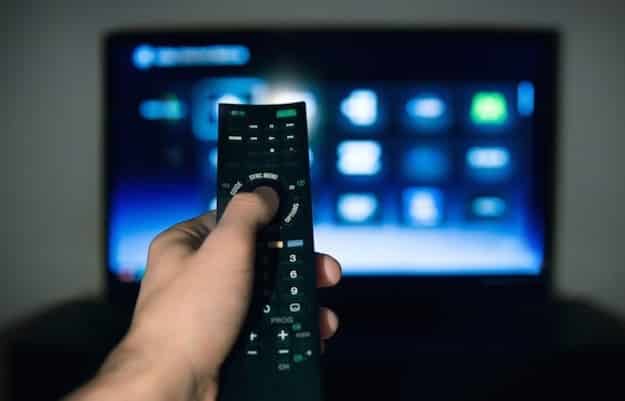Technology has transformed entire industries, particularly in the last ten to fifteen years. Change is blowing in the cable TV industry, and it’s happening much quicker than anyone anticipated. Over the last few years, over a million households have abandoned cable television. That trend isn’t going to slow down; in fact, it’s likely to speed up dramatically. Netflix, Amazon Prime, Hulu, and other digital channels and streaming services, for example, have functioned as major disruptors in the media and television sectors.
With streaming services taking over so rapidly, it is a valid question to ask what do you think will happen to cable TV in the next 20 years? We might have a hint as to what the future might hold for cable TV since we now have such reliable internet providers; the main component for the streaming services. Now we have access to not only the ultra-fast internet speeds but also exceptional customer support just like Xfinity customer service, for example, is a good one to mention. They offer various channels to the customers to reach out to the provider for instant and effective responses. This way we know that our streaming will never stop.
So, if you are also wondering what might happen to cable TV in the next 20 years then keep reading to find out.
#1. TV Commercial Will Go Extinct
The streaming service providers are demonstrating that it is feasible to build and develop successful businesses with little or no money from advertisements. The trend is increasingly moving away from ad revenue and towards a subscription model. Even the traditional cable providers are likely to become subscription-based platforms entirely within the next 20 years, allowing the unbundling and a tiered cost structure based on the type and amount of channels a customer opts for.
#2. Smart Advertising
By the next 20 years, a hybrid model that combines a subscription service with smart advertising may be accessible. In this case scenario, rather than having a three minutes commercial spot during a thirty-minute television program, television programming may shift to one in which viewers must pay a monthly membership to view targeted banner commercials. This form of advertising already does exist on the internet, and the amount of data collected by television corporations can also allow them to do something similar.
#3. Interactive TV
Within the next 20 years, all the televisions are projected to become smart TVs. These smart devices which currently allow the users to stream all the media they want, whether music, videos, browsing the internet are simply expected to become commonplace in homes throughout not just America, but the entire world. This will all further enhance the power of the promising virtual reality and the future of programming.
Since the virtual reality technologies have now been created by Meta, Microsoft, Google, the traditional television screens are also anticipated to make way or at least play a part in the alternatives that connect with virtual reality headsets, eyewear, etc. Google’s glasses and Samsung’s wearable gadgets have brought hope that the cable TV will also be changing its routes.
#4. The Unbundling
Within the next 20 years, the great unbundling option will be available for the users. This will allow the users to only get the content that they want to watch on their terms and pay for only those channels that they want. Having this freedom of choice will hopefully keep the users from cutting the cord as it is one of the driving forces that the users tend to shift to streaming services. So hopefully, the unbundling will add strength to the cable TV grounds.
#5. The Trend of Cord Cutting
By 2020 cable TV had lost six million households. This means that as of right now the trend of cord-cutting is only witnessing a rise. It will not be wrong to say that by the next 20 years there will certainly be more cord-cutters. An evident reason is several alternatives that now the users have that they can go for instead of the cable TV.
Final Words
What is to happen to cable TV in the next 20 years cannot be certain. There can be some evolutions and that is for sure. However, the concerns that we often see on the rise that cable TV might become obsolete will not be happening, instead, we will be witnessing cable TV adapting to new trends to keep up with the world.






